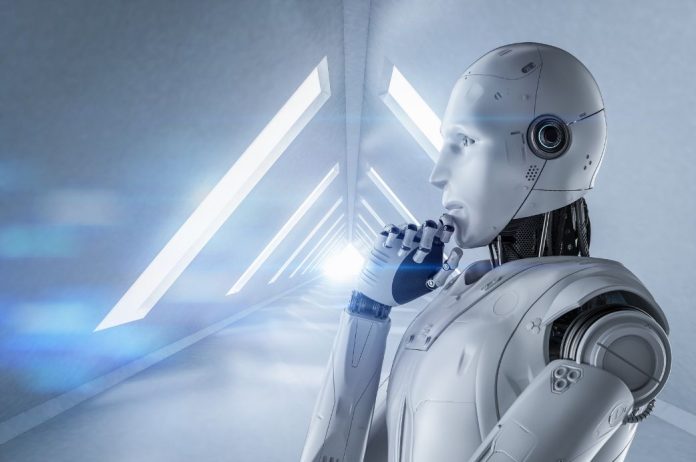The landscape of cyber threats in Brazil has never been as complex as it is now. In addition to the country being, admittedly, a hotbed for hackers from around the world, intensified by a parallel market of local fraudsters, cybersecurity teams must face a constant flood of attacks that only increase in frequency and sophistication. In Brazil, a report by Apura Cyber Intelligence indicated a 220% increase in ransomware attacks in 2023 compared to the previous year.
This avalanche of alerts and security incidents makes it difficult to maintain effective security across the entire organization. Many companies do not have the necessary number of cybersecurity professionals to respond adequately to alerts. According to ABES (Brazilian Association of Software Companies), Brazil faces a deficit of 70,000 qualified professionals in information security, a number that is expected to grow with the digitalization of companies.
Therefore, generative AI is a potential tool that companies can use to scale human-led cybersecurity defenses. And technology is already present in various cybersecurity solutions.
Expanding Security Knowledge with AI
Generative AI has tremendous potential in the field of security, being able to expand knowledge and best practices, providing automated remediation steps and guidance.
With the use of generative AI, professionals do not need to focus as much on teaching a specific remediation technique or instructing on the use of a specific technology. The focus shifts to teaching which AI workflows or prompts should be used in different scenarios.
Several cybersecurity solutions are already adopting generative AI, improving security outcomes, response times, and the learning curve for analysts operating the solutions. Using natural language processing (NLP) to support security teams in processes such as incident response, threat hunting, and security posture management makes it easier for current cybersecurity teams to manage the volume of tasks and systems today.
More than that, AI also helps to reduce the technological barrier between different technical levels of professionals – leveling knowledge about specific types of attacks, remediation techniques, security platforms, among other cases.
The “magic” of AI with automation and predictive analytics
Once "equipped" with Artificial Intelligence, security solutions can detect and respond to security incidents in real time, minimizing the impact of attacks. Automation enables the rapid identification of threats and the execution of corrective measures without immediate human intervention, which is vital in a scenario where cyberattacks are increasingly fast and complex.
AI can also analyze large volumes of data to predict potential threats before they occur. Using advanced machine learning techniques—and access to use cases as well as databases of information about attacks—it is possible to identify patterns and anomalous behaviors that may indicate an imminent attack. This predictive analysis allows companies to adopt a proactive rather than reactive stance regarding cybersecurity.
Another point is that, with Artificial Intelligence, it is truly possible to customize cybersecurity solutions for each company. AI algorithms can be trained to understand a specific organization's environment and adapt security measures to protect the most critical assets.
Finally, AI assists security teams in one of the biggest challenges of the operation: false positives, which consume time and resources for double checking—something that must be done by a human. AI can help filter these alerts, allowing security professionals to focus on real threats. AI systems can interpret and contextualize alerts, significantly reducing workload and increasing response accuracy.
In summary, AI is a powerful ally in the fight against cyber threats, bringing efficiency, precision, and innovation to the field of cybersecurity. As companies continue to adopt this technology, they will be better positioned to protect their data and operations against the increasingly sophisticated attacks of hackers.


